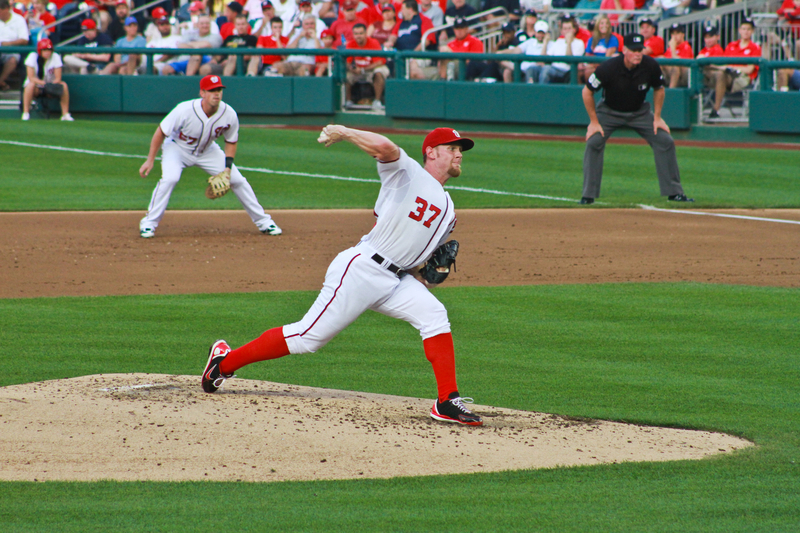Last updated on October 25th, 2023 at 07:46 pm
The slurve pitch generally arrives at home plate in the 80 MPH range. In addition to being slower than a fastball, the pitch has a downward drop heading towards the strike zone. Most baseball players will describe the pitch as something in between a slider and a curveball. Pitching coaches will sometimes suggest the slurve pitch as another option for starting pitchers and relief pitchers if they are comfortable throwing sliders and curveballs to hitters.
For example, a right-hander throwing a slurve pitch to a right-hand batter will try and have the ball move to the outside of the strike zone. The idea is to have the righty throw the pitch in the strike zone but then have the ball move away from the hitter’s bat as they swing. Like a left-hand hitter, you want the pitch to dive into their swing, which can cause a broken-bat if the hitter makes contact with the ball outside the bat’s sweet spot.
How to Grip / Throw a Slurve Pitch
Some pitchers grip their middle finger on the horseshoe portion of the baseball lace along with the index finger right next to it to throw a slurve pitch. Next, you put your thumb almost directly on the bottom of the baseball touching the seams to control the grill. As you release the ball, you let your middle finger, ring finger, and pinky finger act as the guide on the opposite side of the ball from your glove side. To throw the pitch effectively, you want your arm motion to be consistent with your other pitches, like a curveball and two-seam fastball, to deceive the hitter.
How Similar is the Pitch to Other Pitches?
The slurve baseball pitch is similar to a curveball but has the miles per hour of a traditional slider when you throw it. Some pitchers tend to use the Slurve pitch over a classic curveball if they have a changeup in their pitching arsenal. Since the changeup will be slower than a slurve pitch, some pitchers like to use the slurve as the middle-velocity pitch between their fastball and changeup pitch.
Is the Slurve a Good Pitch?
Any pitch can be a good pitch for a pitcher, but there are some skeptics about the effectiveness of the slurve pitch. For example, some might argue that the pitch is not very good because it doesn’t drop like a curveball or have as big of a break as a slider pitch. Another issue, according to Steven Ellis, The Complete Pitcher, is that scouts don’t find the slurve pitch as a favorable metric when evaluating a high school, college, and minor league prospects for pitching.
Similar Posts
What is a Perfect Game in Baseball?
What is a Quality Start in Baseball?
What Does a Bench Coach in Baseball Do?
What Does Bush League Mean in Baseball?
Greg Kristan, owner of The Stadium Reviews, LLC and TM Blast, LLC, brings his extensive experience visiting over half of the MLB ballparks, along with numerous MLS, NHL, NBA, and NFL venues, to provide in-depth coverage on the bag policy, food options, and parking. He has also been interviewed about his experiences on several sports podcasts.


